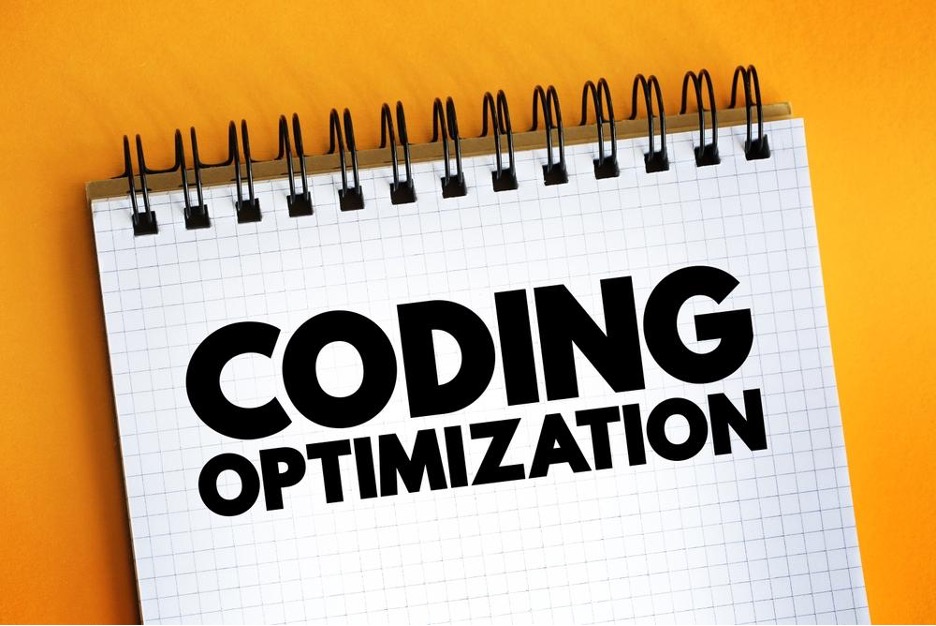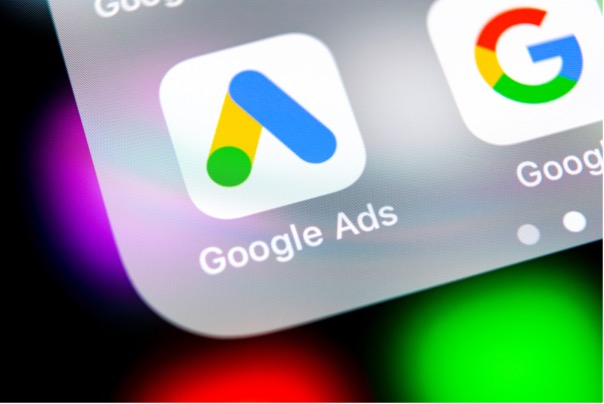This article is about Digital Marketing
Your Mini On-Page SEO Guide
By NIIT Editorial
Published on 17/09/2021
6 minutes
On-page SEO is that part of the SEO bucket which is 100% controlled by content creators/website owners. Do it right, and you would optimize one half of the SEO-coin, leaving the off-page efforts to surface in time to come. The pointers that we are about to share with you are more of an indicator to guide you in developing content to bolster on-page SEO efforts for which people often enrol in SEO courses online. Let us get into the fray.
Keyword Research
This is the first place to start with. Your content exists to answer questions from the users. That said, it is equally important to integrate and optimize the pages for the right keywords. A couple of things to keep in mind here would be:
Group the keywords as per user intent and search volume. Each of these groups represents a page that you should aim to create the content on rather than individually chasing each keyword with a unique page.
In case this is your first time, you should explore the keyword-demand/performance on the SERP first. Remember, you have to go one-up the content that is already ranking on the SERP. Some of the factors to consider on your reconnaissance mission of the results would be:
- Do the results contain lots of images?
- What is the volume of content like?
- How have the authors formatted the content?
- Can you offer an even better value with your content than what is now ranking?
SEO is a long-term game, which requires similar planning. Do not include low-value tactics as part of your game plan.
Content Thinning
If you follow Google’s algorithm updates, you’d know that creating thin content is not recommended. This tactic is a habit of the old, in which each keyword phrase had a page of its own. It is not wise to create pages for the simple motive of achieving a high rank. Rather, aim to answer the query associated with the keyword groups that you segregated in the previous step. Create data-rich content that helps the user find what they are looking for.
Duplicate Content
Plagiarism raises red flags in the eyes of search engines. Duplicate content is exactly what it sounds like. Duplicate. If the same content appears on more than a single web URL, then the content is tagged as duplicate. When search engines come across multiple pieces of such content on the internet, it gets confusing for them (and rightly so) to decide which source to rank ahead of others. Although not an out and out technical flaw, duplicate content hampers the growth of and holds back the visibility that a page would otherwise achieve.
Few publishers use the content as-is from external links. This practice should be avoided at all costs to avoid search engines penalizing the website.
While it should be your aim to create content that is unique in value proposition, webmasters should use rel=canonical tag. This tag is an indication to Google that the source page is the originator of the content i.e. if multiple copies exist for the same.
Cloaking
Content publishers should display the same content to viewers as they do to the search engines. But sometimes developers tend to hide content in their HTML code that viewers cannot see. This is referred to as cloaking. Google penalizes the pages that indulge in cloaking by deteriorating the page rank. In some instances, however, it can allow content cloaking to continue provided the exercise contributes to a positive user experience.
Keyword Stuffing
Pages don’t begin ranking simply because a certain set of keywords appear in it a specific number of times. Yes, keywords point to search engines the nature of the content but that doesn’t necessarily mean that integrating X keywords on the page X number of times will do the trick. The value add of the content holds more sway on rankings than content developers imagine. Maintain a feasible keyword frequency and in parallel continue amping up the quality of content to rise in the rankings. Take SEO training or any SEM courses available online, if needed, and improve over time.
Auto-Generated Content
With advances in machine learning and programmatic content generation, content authors are experimenting, to their detriment, with different styles of auto generated content. They view it as a helpful method to boost page rank and not help users. Google thinks otherwise. Read Google’s policies on what it classifies as and how it deals with auto-generated text.
Developers turn to auto-generated content when they are targeting huge volumes of fresh content for multiple keywords. Such content rarely makes for good reading. Rather stick to the following actionables for ranking on the search engine:
- Identify the keywords that you want to rank on
- Shortlist the web pages that are appearing on the SERP for the same keywords
- Mark the standout qualities of such pages
- Develop content that is better than the one already appearing
Yes, creating original quality content is hard work, but the exercise pays immense incentives in the long run. This is a fundamental that is also taught in online SEO courses.
Invest in Your Digital Marketing Knowledge
Increase your digital marketing know-how with NIIT’s Full Stack Digital Marketing Programme. This digital marketing course is designed so that marketing practitioners can inculcate an all-encompassing skill-set for the domain. Being one of the latest digital marketing courses online, this program offers the following course structure to learn digital marketing:
- Digital marketing - fundamentals
- User acquisition
- Social media management
- Performance marketing
- E-commerce optimization
This 20-week digital marketing certification course comes with a placement assurance safety net that aids learners in beginning their career on a strong footing. Don’t waste time thinking, apply now!
Full Stack Digital Marketing Programme
Be job-ready! Earn a min. CTC of ₹3LPA with this placement-assured program*
Day 1 Job-Ready
Placement Assured Program*
 Sign Up
Sign Up















































































































































































































































































































































































































































































